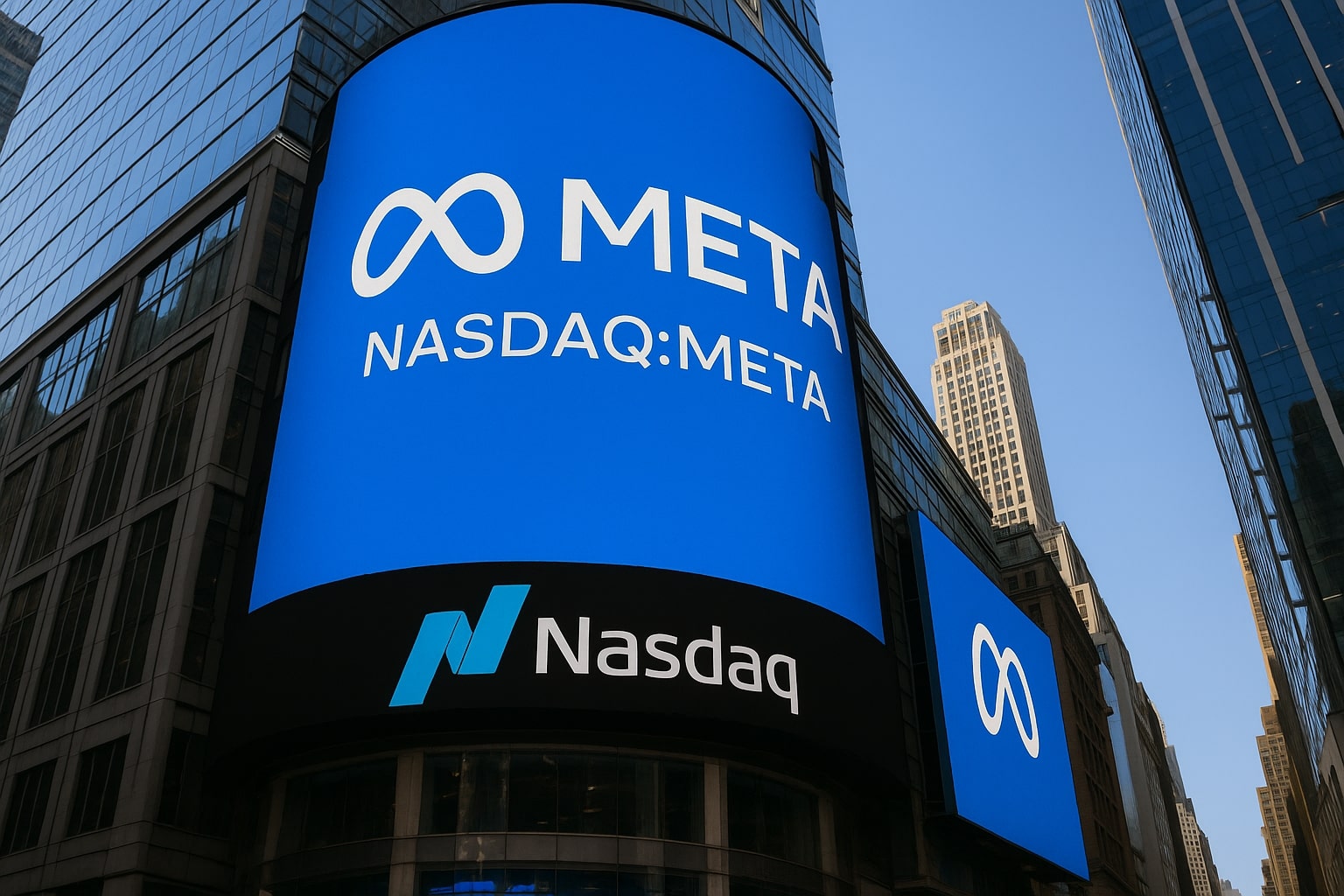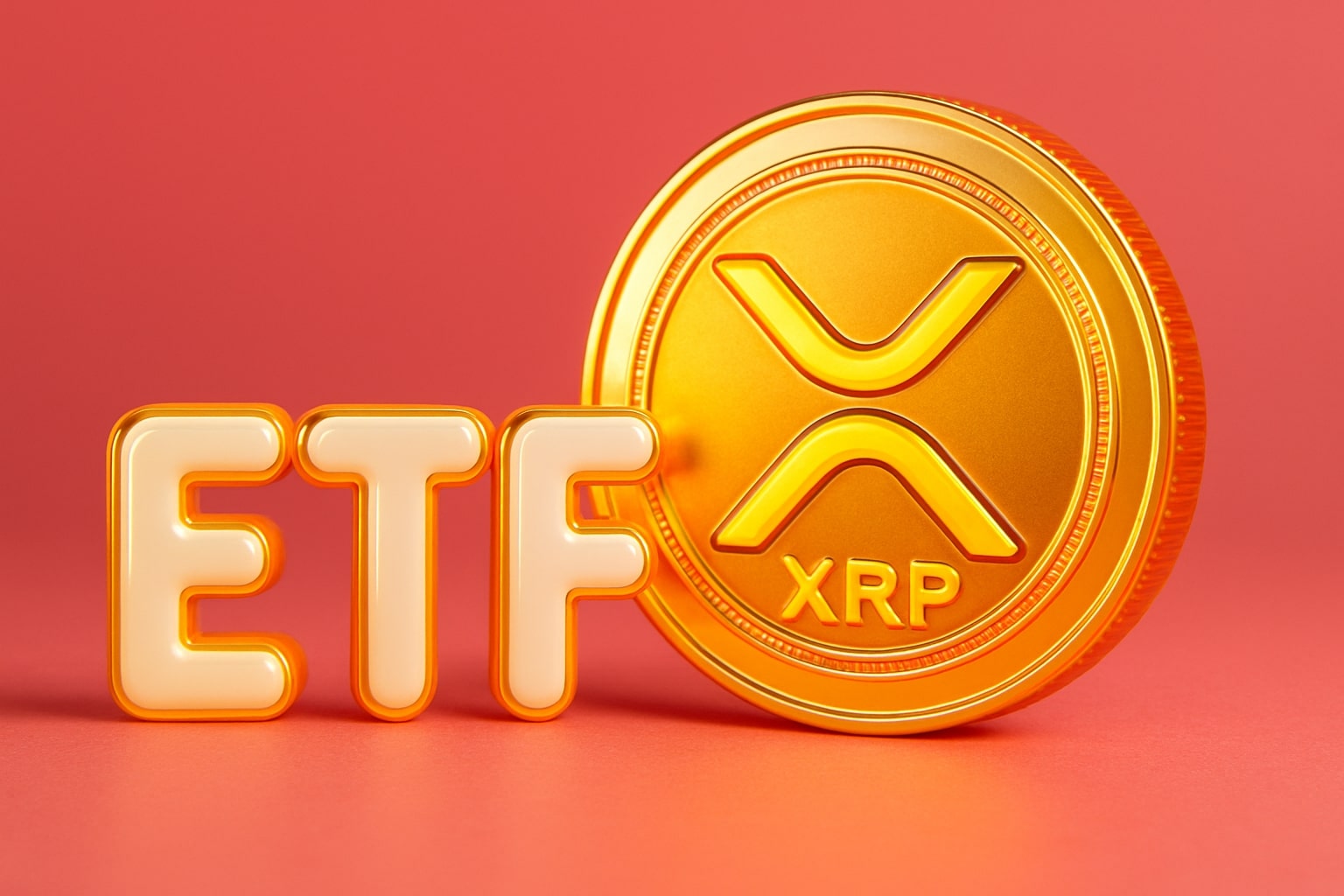NASDAQ:META stock extends AI-driven rally but faces CapEx overhang
Meta Platforms (NASDAQ:META) closed at $747.38, down 0.89% on the session but up nearly 41% year-over-year, giving the company a $1.89 trillion market cap. Shares remain just below the record $796.25 high, supported by relentless AI-driven revenue growth but capped by intensifying concerns about capital expenditure and Reality Labs losses. Q2 2025 results highlighted revenue of $47.5 billion, up 22% year-on-year, and net income of $18.3 billion, marking a 36% earnings expansion that pushed EPS to $7.14, beating consensus by more than 20%. Daily active people reached 3.48 billion, up 6%, with Instagram and Facebook engagement growing by 6% and 5% respectively.
Advertising engine and AI models sustain double-digit growth
The core Family of Apps business, accounting for 99.2% of revenue, delivered $47.1 billion in Q2 sales with a 53% operating margin despite surging infrastructure investment. Meta’s advertising revenue rose 21% year-on-year to $46.6 billion, powered by AI models such as Andromeda, GEM, and Lattice. These recommendation systems lifted Instagram ad conversions by 5% and Facebook by 3%, while global Advantage+ rollout expanded Meta’s advertiser base beyond 2 million clients. Regional growth was broad-based: Europe gained 24%, Rest of World 23%, North America 21%, and Asia Pacific 18%. Ad impressions increased 11% while average pricing rose 9%, reinforcing Meta’s pricing power in digital advertising.
Superintelligence initiative reframes Meta’s AI positioning
Mark Zuckerberg’s new north star is the pursuit of personal superintelligence, underpinned by Meta’s 4 billion monthly users and proprietary AI infrastructure. Management doubled down with Q2 capital expenditures of $17 billion, setting FY25 guidance between $66–$72 billion, up almost $30 billion year-on-year, and signaled more than $100 billion in 2026 to fund mega-clusters like Prometheus and Hyperion. Meta Superintelligence Labs, run by Alexandr Wang, has been aggressively poaching talent with offers up to $1.5 billion, signaling Zuckerberg’s strategy of compressing elite AI talent density. Shareholders are betting this initiative, unlike the metaverse, integrates seamlessly into existing platforms and monetization streams.
Profitability strong but free cash flow growth under pressure
Meta reported trailing twelve-month revenue of $178.8 billion and net income of $71.5 billion, with a profit margin near 40% and operating margin above 43%. Return on equity stands at 40.6%, far exceeding sector peers. Operating cash flow reached $102.3 billion, but free cash flow slowed to $8.5 billion in Q2, only 2.19% year-on-year growth, far below the five-year average of 28%. Levered free cash flow of $32 billion compares unfavorably against ballooning CapEx, which consumed 38% of revenue in 2025 and could hit 45% in 2026. While EPS of $27.52 on a trailing basis supports a forward P/E of 28.5x, well above the sector median of 18.8x, investors continue to assign a premium because of sector-beating profitability and AI-driven topline growth above 19%.
Reality Labs remains a drag with mounting cumulative losses
The Reality Labs unit generated just $370 million in revenue in Q2 but posted a $4.5 billion operating loss, bringing cumulative losses since inception to $73 billion. That represents 32% of Meta’s net income over five years. Management insists on long-term potential for AR glasses and Quest ecosystem integration with AI, but the burden on margins is significant. Reality Labs’ drag is compounded by regulatory headwinds in Europe, where the Less Personalized Ads (LPA) framework could reduce regional ad growth that currently represents 24% of revenue. Probes into online child safety and AI chatbot risks add to the overhang, potentially forcing costlier compliance and governance frameworks.
NASDAQ:META insider activity and shareholder positioning
Institutional ownership remains dominant at nearly 80%, while insiders hold less than 0.1% of the float. Insider transaction history is available here. Analysts’ price targets average $861.90, with highs at $1,086 and lows at $658, reflecting wide dispersion due to execution risk. The dividend yield of 0.28% is modest, with a payout ratio below 8%, leaving cash flow heavily reinvested into AI clusters. Meta retired only a small fraction of shares despite free cash generation, preferring to plow billions into infrastructure.
Valuation framework for NASDAQ:META stock
At $747, NASDAQ:META trades at 27.3x trailing earnings and 28.5x forward earnings, compared with its five-year average of 23x. The PEG ratio has risen from 0.52 last quarter to 0.66, still well below the sector’s 1.0+, suggesting growth remains underpriced relative to earnings expansion. With revenue estimates of $196 billion for FY25 and $227 billion for FY26, the forward P/S ratio of 10.9x places Meta at a premium but justified given its 43% operating margin against the sector median 4.4%. EPS estimates for 2025 stand at $28.07, with analysts modeling growth to $29.89 in 2026. Using a base multiple of 27x, the implied fair value is $754, aligning with current prices, while a bullish 31x multiple suggests upside toward $866.
Strategic risks and competitive pressures
The biggest risk to the thesis remains overinvestment in AI with unclear ROI. CapEx running at nearly half of revenue raises the hurdle rate for shareholders, and any pullback in AI spend could trigger Wall Street skepticism reminiscent of a bubble unwind. Reality Labs’ heavy losses add volatility, while reliance on advertising for 98% of revenue leaves Meta exposed to cyclical ad budgets. Competition from TikTok, Snapchat, and YouTube remains intense, though Meta’s AI-powered Advantage+ suite and deep data moat mitigate share erosion. External risks such as tariffs, inflation, and political instability also weigh on global advertiser sentiment.
Outlook and investment stance on NASDAQ:META
Meta Platforms stands at a pivotal juncture. On one hand, a $71 billion annual profit engine, 40% margins, 4 billion users, and AI-enhanced ad conversion cement its leadership in digital advertising. On the other, CapEx overhang, regulatory scrutiny, and unprofitable Reality Labs threaten near-term free cash flow growth. The stock sits just 6% off its all-time high, trading at a premium multiple justified by 19% forward revenue growth and sector-leading profitability. Given current dynamics, I assign NASDAQ:META a Buy rating, with fair value anchored near $811 and upside potential toward $866 if AI execution delivers, but caution that volatility tied to AI spending and regulatory probes could create sharp drawdowns.



















